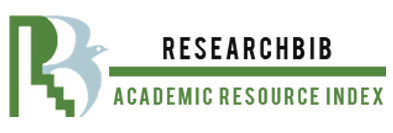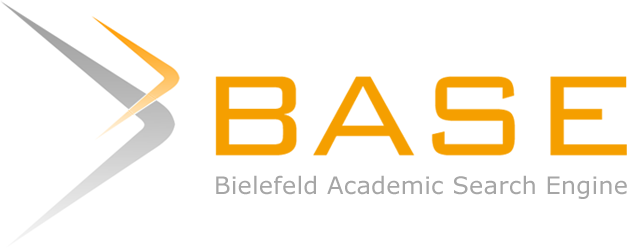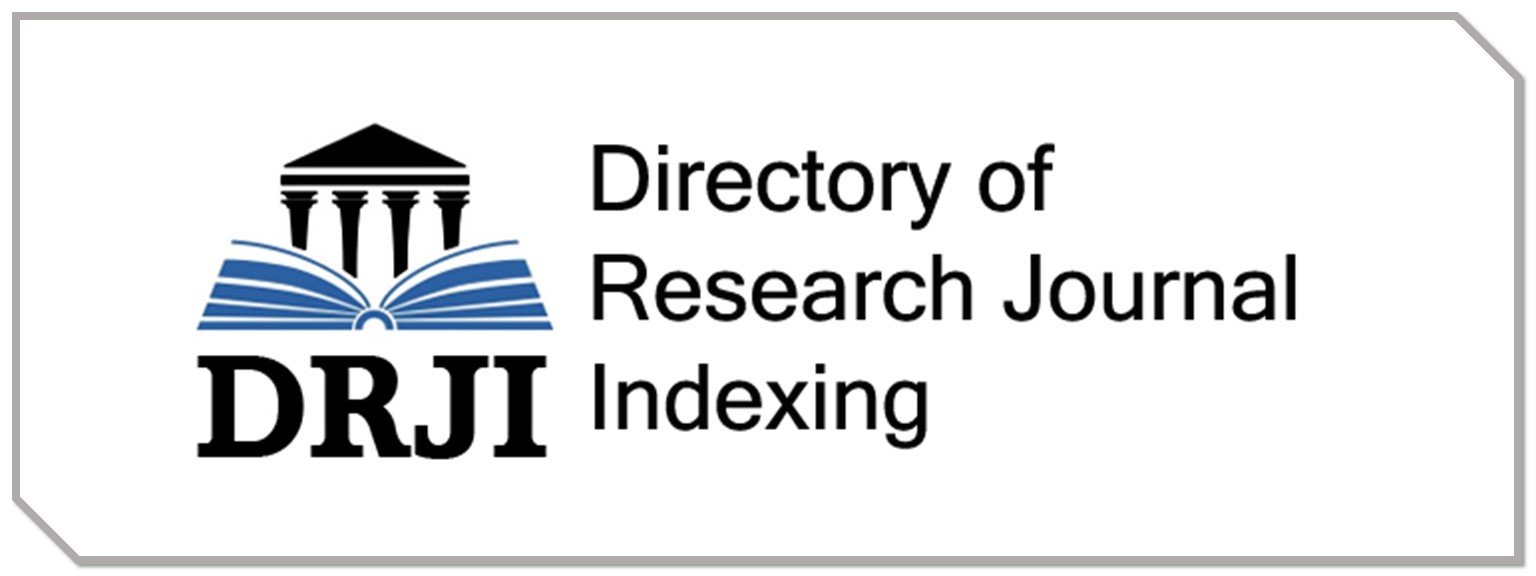Bilingual Instruction and Learner Motivation in English Language Teaching
Keywords:
bilingual instruction, learner motivation, English language teaching, code-switching, translation, intrinsic motivation, extrinsic motivationAbstract
Bilingual instruction, which integrates learners’ first language (L1) with the target language (L2), has emerged as a powerful pedagogical strategy in English Language Teaching (ELT), particularly in multilingual contexts like Uzbekistan. This study investigates how bilingual approaches—such as code-switching and translation—affect learner motivation from cognitive, affective, and sociocultural perspectives. Using a mixed-methods design, data were collected from 70 participants (50 students and 20 teachers) across two higher education institutions through surveys, classroom observations, interviews, and pre/post-assessments. The findings reveal that bilingual instruction significantly enhances both intrinsic and extrinsic motivation, improves vocabulary acquisition and speaking fluency, and increases student engagement. A strong correlation was found between bilingual strategies and reduced learner anxiety, suggesting that the use of L1 supports comprehension and confidence. While challenges such as L1 over-reliance were reported, the overall results highlight the motivational benefits of bilingual instruction in ELT. The study recommends strategic use of L1 in teaching practices, professional development for educators, and curriculum design that integrates bilingual elements to optimize learner motivation and performance.










